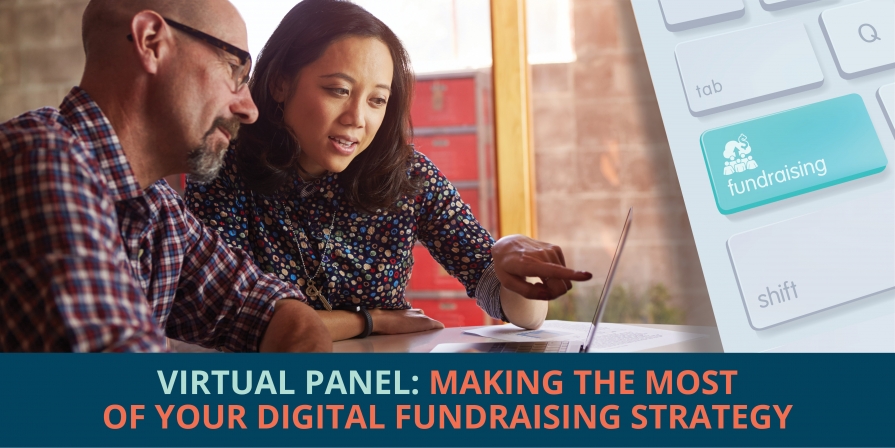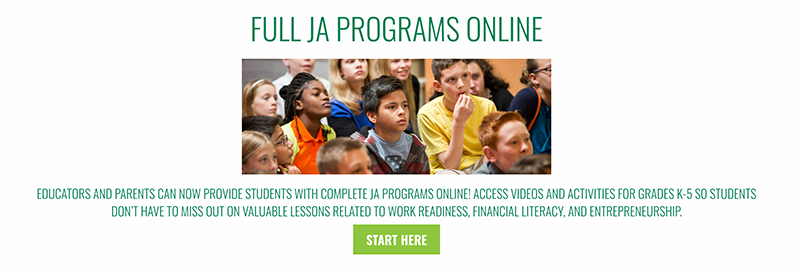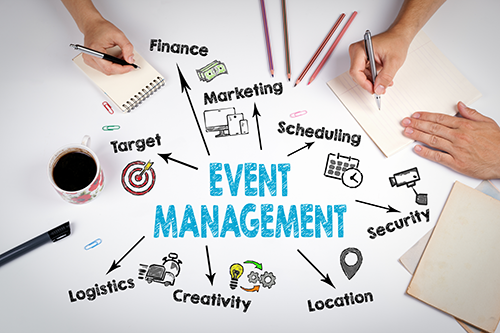Panel Review: Making the Most of Your Digital Fundraising Strategy

Digital fundraising is challenging to master, especially if you don’t have a dedicated team of marketers or digital fundraisers. Thanks to our panel of experts, there are techniques you can implement today to make the most of your digital fundraising strategy. Many of these techniques focus on how to pivot during times of crisis (like COVID-19), as well as how to get started on a digital fundraising strategy when life returns to “normal.”
Our Favorite Takeaways
Tip #1: Pivot services when necessary.
Many services in the nonprofit sector are offered in person, which means that these services were likely disrupted as a result of the coronavirus and economic crisis this year. Rather than shutting their doors, many nonprofits have risen to the challenge of pivoting their services to ensure that the needs of the community continue to be met (check out our article 5 Unique Examples of Local Nonprofits Adapting to the COVID-19 Pandemic).
Christine Slomski noted that her organization relies on face-to-face contact between volunteers and the community they serve. As a result, Voices for CASA Children has had to pivot services they offer to include virtual check-ins, providing meals and gift cards for each home, and ensuring that the children they serve were nourished and provided for. Junior Achievement of Arizona pivoted to a similar service by providing classes each morning through Instagram and offering this resources page to students.
Although decisions like these are likely made within the higher levels of your organization, that doesn’t mean you can’t start to generate ideas on how your team can pivot during times of stress! Check out the Center for the Advancement of Virtual Organizations initiative Northcentral University put together to better assist the community with managing this new remote environment, a service they quickly developed after noticing that teams needed help with managing their remote environments.
Tip #2: Do your research to find a CRM that works for you.
Molly Gutterud shared a story during the panel about how Northcentral University recently transitioned to using a new CRM software, which included obtaining quotes, sitting through demos, and learning about the “bells and whistles” each CRM has to offer. Her best advice for this process? Do the work and choose a platform that works for your team.
So, which platforms should you be looking at? Well, that greatly depends on what you are looking for, and there are several to choose from. Here at the Sanford Institute, we use HubSpot, while Christine uses Salesforce at Voices for CASA Children. Molly’s team ultimately decided on Salsa Labs to better fit the needs of the organization. There are many CRMs available, so take Molly’s advice and do the initial legwork required to find the right platform that will work for your organization. You can also learn more about CRMs in our blog article here.
No matter which CRM you choose, make sure to find a dedicated staff member, consultant, or volunteer that has the time and expertise to dedicate to both setting up and maintaining your CRM. It is easy to become overwhelmed with all of the different features and having a dedicated person to help will go a long way.
Tip #3: Take advantage of peer-to-peer fundraising.
Peer-to-peer fundraising seems to be one of those techniques that organizations either know a lot about or know very little about. At Junior Achievement of Arizona, however, Bri Tournas says they use peer-to-peer fundraising quite successfully! In fact, JAAZ raises nearly $200,000 per year in donations thanks to their peer-to-peer efforts.
So, what exactly is peer-to-peer fundraising? Commonly known as “social fundraising,” peer-to-peer fundraising encourages existing donors to rally their friends and family to donate to the cause. This is a great way to attract new donors to your organization, many of whom go on to become repeat supporters. There are many platforms that can help your team enhance your peer-to-peer fundraising strategy including Qgiv, a platform Bri’s team uses at JAAZ.
Tip #4: Approach your events with purpose and a budget.
Times are tough for everyone. As Molly put it, “No one is unaffected right now,” which means we all need to be realistic and purposeful with our event strategies.
Corporate sponsorships, for example, may be hard to come by. As Bri mentioned during our panel, many corporate sponsors have frozen their budgets for the rest of the calendar year, which means they probably aren’t likely to sponsor an event at the moment. To overcome this challenge, try targeting companies or industries that are thriving, and be fair about your sponsorship levels. You likely can’t keep your sponsorship prices the same way at the moment, so get creative with your sponsorship packages and adjust the pricing structure to appeal to sponsors and fit the value of the package you’re offering.
It is also important to consider that you probably can’t charge the same amount for a virtual event as you would for an in-person event. The best way to approach this is to identify the value you can offer for a virtual event and then charge accordingly. Bri mentioned that if you regularly charge $1500 for four attendees at a golfing tournament, you can’t charge that same amount for a virtual substitution. Like with your corporate sponsorship packages, sit down with your team and determine what this new event will look like and how much you can realistically charge.
A big question everyone is wondering: can we start planning in-person events for the Fall, or should we start transitioning these to virtual events?
Unfortunately, there isn’t a clear-cut answer, but it’s best to approach this situation by planning for both possibilities. Many organizations are preparing for in-person events with the knowledge that they may have to pivot to a virtual event later on. Your team will need to address two questions: how much will an in-person event cost, and how much of that budget can be recouped if you need to switch to an online format? If you can’t recoup a good portion of your budget, you may want to prepare for an online event from the very beginning, just to play it safe.
Other nonprofits are starting to plan for hybrid events, where participants can choose to attend in person or virtually. This helps address the needs of folks who don’t feel safe going out in public or those who can’t because they’re at a higher risk if exposed to the virus. If you choose to go this route, make sure you have a virtual moderator who can keep digital engagement levels high and help your virtual attendees feel included.
Ultimately, however, all decisions made for your event strategy need to adhere to CDC guidelines and recommendations, so be sure to regularly check their site for any updates!
Bonus Tip: Use social media to your advantage!
Although we didn’t get a chance to discuss social media marketing during our panel, we’ve created a few helpful tidbits below to help you level up your social media strategy!
One of the most important parts of successful social media marketing is to speak to your audience, both in organic (unpaid) posts and in your social media ads. Identify who your audience is, what platforms they’re active on, and what they value most. Once you have those components put together, you can start to strategize on the type of content you will share. Don’t be afraid to share photos and videos of the work you’re doing, as well as articles from other organizations about topics that matter to your audience.
To learn more about social media marketing and how to use it to your advantage, check out our article, 5 Keys for Developing Your Nonprofit’s Social Media Strategy!
Meet the Experts
Molly Gutterud, V.P. of University Communications and Advancement
Northcentral University
Molly is the Vice President of University Communications and Advancement at Northcentral University, and she is passionate about developing new, innovative opportunities geared toward student success and celebrating the achievements of the diversely talented NCU community.
Christine Slomski, Marketing & Fund Development Manager
Voices for CASA Children
As the Marketing & Fund Development Manager for Voices for CASA Children, Christine brings with her more than a decade of marketing communications experience across a variety of industries. She is an Arizona native committed to helping the Greater Phoenix community thrive in health and well-being endeavors that support women and youth. Outside of VOICES, Christine is a dog mama, pursuing a Masters degree in Professional Counseling, and enjoys traveling, being outdoors, and spending time with friends.
Bri Tournas, Development and Events Manager
Junior Achievement of Arizona
As the Development and Events Manager at Junior Achievement of Arizona, Bri is proud to be an Arizona native who enjoys adventure, DIY projects, and spending quality time with her family and large friend group. In her current role, she changes lives every day by putting her creativity, organizing, and people skills to good use to raise funds through philanthropy and special events.
Want to learn more about enhancing your fundraising strategy? Check out our free monthly webinars!





